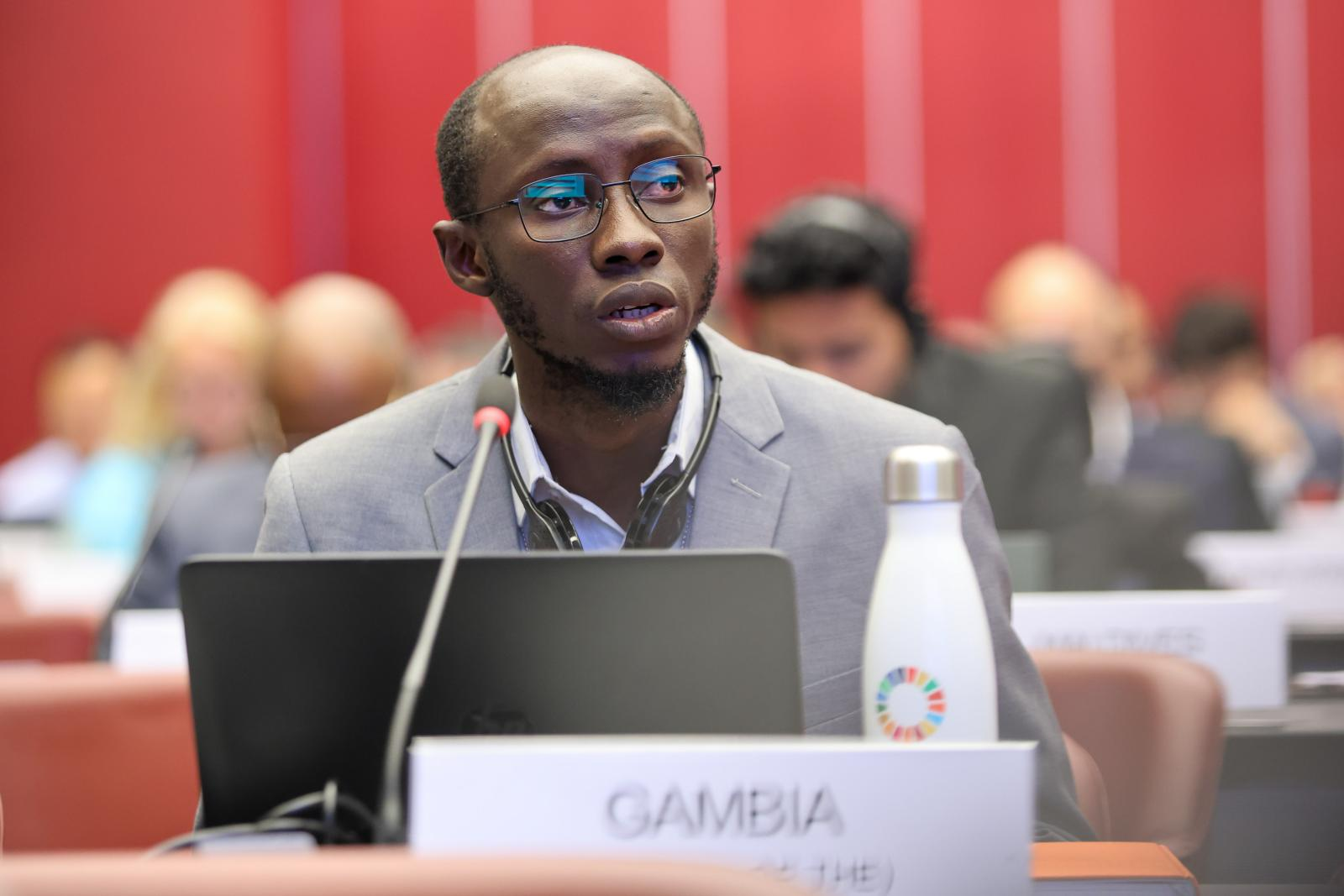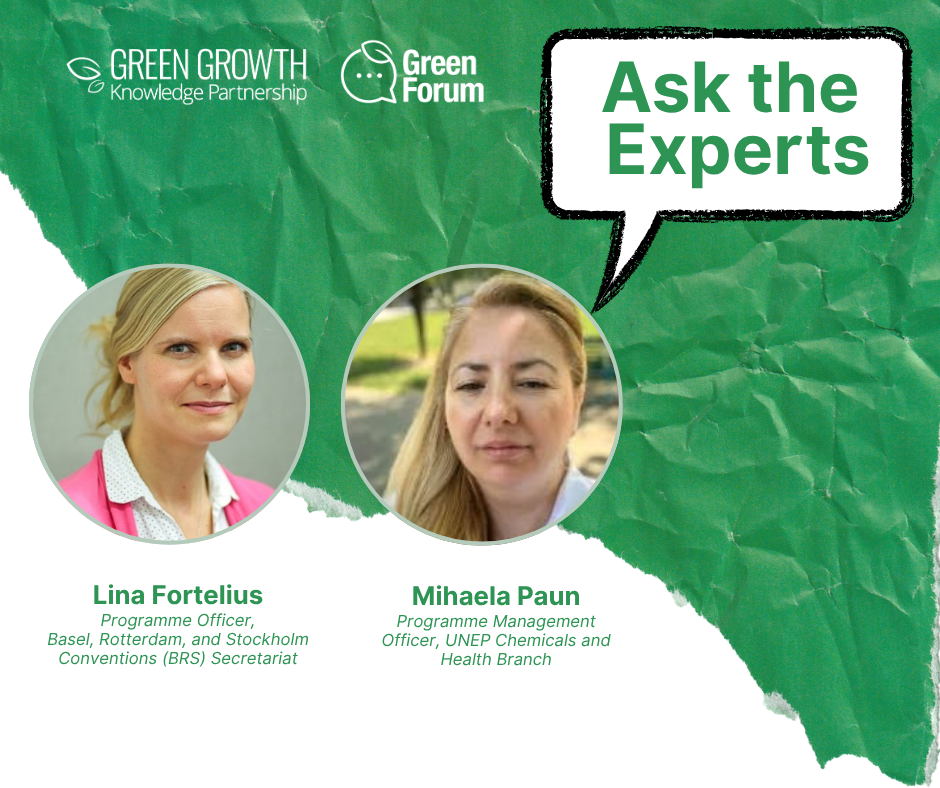This blog post is based on the remarks of Dr. Nudjarin Ramungul on the Global Green Growth Knowledge Partnership (GGKP) roundtable “National Implementation Plans: Research needs and opportunities in Asia” held on 17 June 2025.
Thailand’s Path on POPs
Thailand’s second National Implementation Plan (NIP) under the Stockholm Convention on Persistent Organic Pollutants (POPs) was approved by the National Environment Board in December 2022 and by the Cabinet in March 2023. Initially envisioned as a one-year project, the NIP update—supported by the Global Environment Facility (GEF)—ultimately required nearly three years to complete due to the scale, scope, and coordination required. During this period, Thailand successfully compiled three inventories covering POPs pesticides, industrial chemicals, and unintentional POPs, and achieved official endorsement of the NIP.
Following UNEP Guidance and Building Inventories
The second NIP update process closely followed UNEP guidance, beginning with the establishment of a strong coordinating mechanism and five working groups: supervision, POPs pesticides, POPs industrial chemicals, unintentional POPs (UPOPs), and socio-economic impacts. Numerous awareness-raising seminars were also held. Inventories were conducted for both new POPs and the 12 original POPs, including POPs pesticides, industrial chemicals, and updates on the releases of UPOPs. National capacities were assessed across legal, monitoring, analytical, and enforcement domains, alongside basic risk assessments. Using clear criteria, priority POPs were identified for risk reduction. The process concluded with the formulation of action plans, validated through a national endorsement workshop.
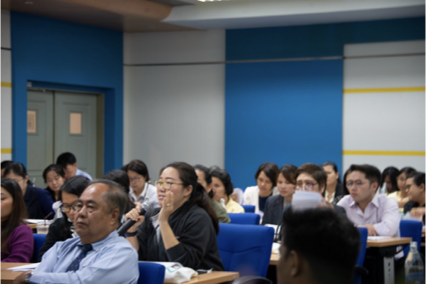
Uncovering the Hidden Challenge of Modern POPs
“An inventory is about finding what’s hidden.”
One of the core challenges Thailand faced in updating its NIP was the invisible nature of modern POPs. Many industrial chemicals are embedded in products and materials, making them difficult to identify. This invisibility, combined with low awareness across sectors, created serious barriers to building accurate inventories.
In particular, the country lacked upstream and lifecycle data, especially for imported or recycled goods. Government responsibility for chemical management was fragmented across agencies, and limited coordination hampered effective data sharing. Additionally, access to samples was often restricted due to stakeholder concerns about potential consequences, slowing the cooperation needed for comprehensive data collection.
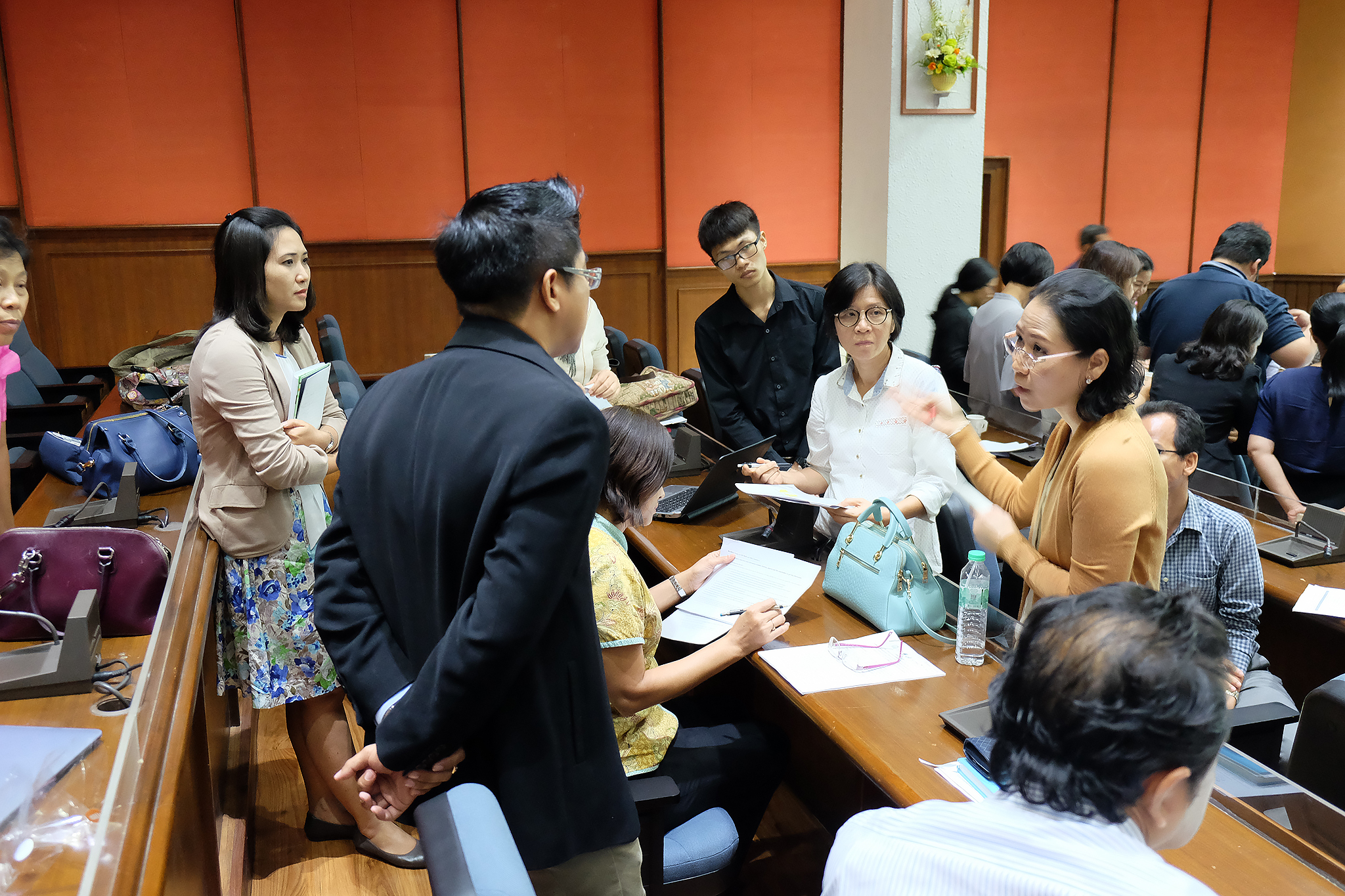
Faced with these constraints, Thailand had to rely on estimates, selective sampling, and screening methods just to locate major sources and gauge the scale of the problem. This limited evidence base made priority setting difficult, particularly in the absence of long-term, systematic monitoring data and practical tools for tracking POPs across their lifecycle. Delays between global chemical listings under the Stockholm Convention and national monitoring efforts have widened these gaps further. Without practical tools to track POPs across their lifecycle, authorities struggled to determine points of entry, stockpiles, or destruction volumes. Limited knowledge of viable management options made it difficult to chart a clear path forward. In the absence of robust data and risk communication tools, reaching consensus was slow — and the urgency for action was harder to justify.
Turning data into action revealed deeper structural barriers. Thailand’s systems had been built around managing POPs pesticides, but were not equipped to handle industrial chemicals with long lifecycles and recycling pathways. Institutional lock-in made adaptation difficult. As new POPs were listed under the Convention, authorities faced repeated demands for fresh analyses and inventories, stretching already limited resources. Policy frameworks struggled to keep pace, and at the local level, weak operational capacity — from staffing to tools to clear mandates — made implementation a persistent challenge. Without systemic reform, the growing number and complexity of POPs will continue to overwhelm local actors, placing sustainable implementation further out of reach.
Solutions and Innovations
To overcome these challenges, Thailand placed early emphasis on raising awareness—framing POPs management not just as a legal obligation, but as a preventive measure to protect health and the environment. Risks and opportunities were clearly communicated to policymakers and stakeholders, supported by tangible examples of products likely to contain POPs. To strengthen detection, the country developed low-cost, rapid screening methods for polybrominated diphenyl ethers (PBDEs), hexabromocyclododecane (HBCD), and short- and medium-Chain Chlorinated Paraffins (SCCPs/MCCPs), based on Energy dispersive X-Ray fluorescent spectroscopy (EDXRF), Fourier Transform Infrared Spectroscopy (FT-IR), and pyrolysis gas chromatography-mass spectrometry (GC/MS).
They were presented as part of the IPCP Webinar Series on POPs in Plastics and Monitoring Approaches, and have been applied in Thailand’s national projects to support the identification of POPs in recycled plastic streams and legacy materials. It helped build momentum with industry and informed national decision-making. At the same time, dynamic substance flow analysis was used to forecast end-of-life flows of POPs in e-waste, foams, and recyclables—laying the groundwork for smarter, long-term planning of waste management systems.
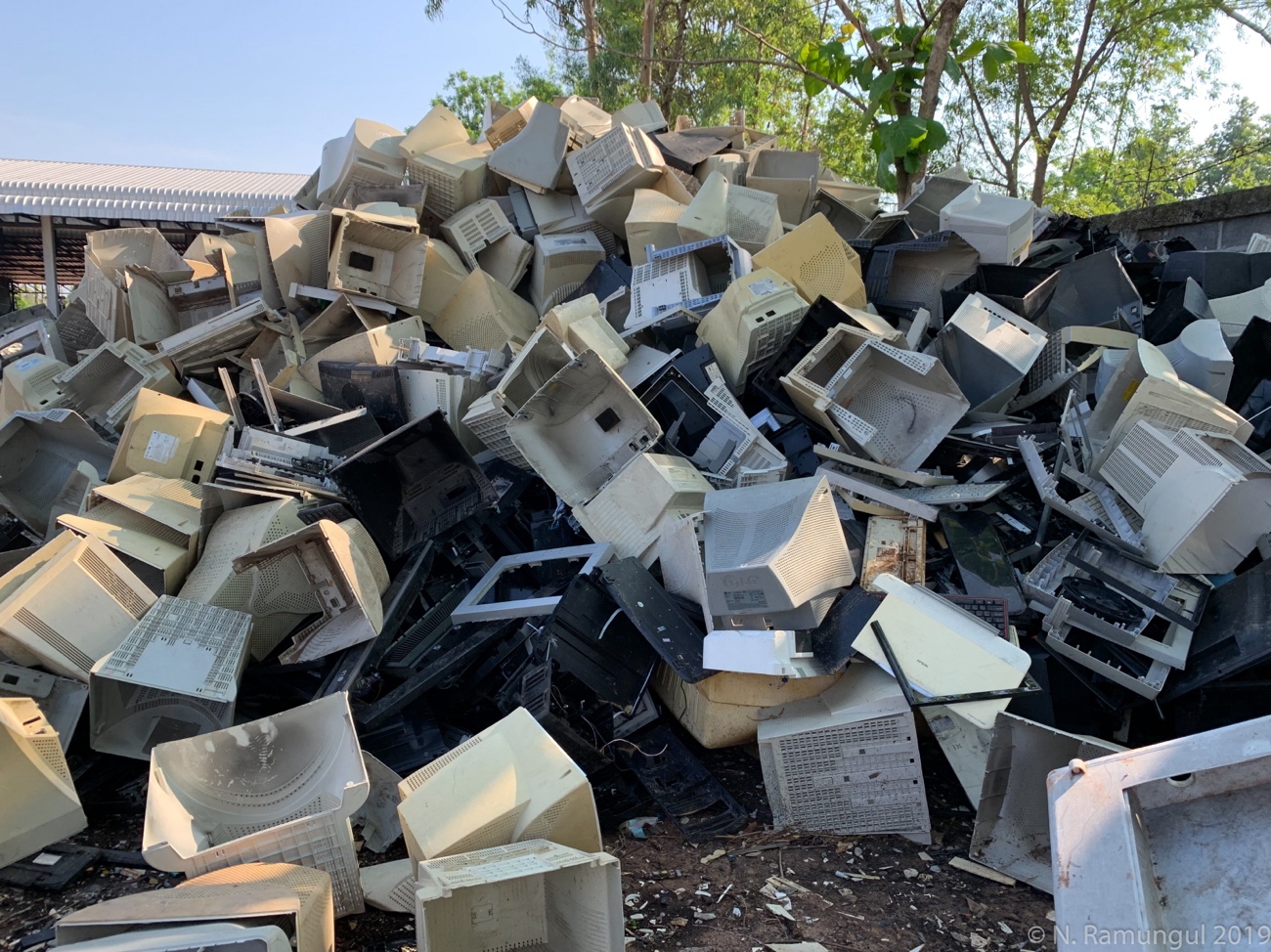
Future-Proofing POPs Management: Thailand’s Research and Development Priorities
Looking ahead, five key research and development priorities are highlighted to help strengthen Thailand’s capacity to manage POPs effectively. At the core is the need for robust data generation—making the invisible visible through improved screening methods. To keep pace with the complexity of emerging pollutants, advanced analytical tools such as non-targeted and group-based approaches are needed to detect a wide range of chemicals within samples. She also emphasized the importance of improving decision-support tools for identifying POPs in waste, enabling safer disposal practices. Studying POPs by functional group and fostering regional knowledge-sharing networks will help close persistent data gaps and avoid duplication of effort.
Equally important are lifecycle-based risk reduction solutions, including the development of tracking systems, predictive models, and research on safe alternatives and disposal technologies. These tools are crucial for long-term planning and for preventing future recontamination. It is also essential to strengthen national and regional laboratory capacity, promote inclusive stakeholder engagement, and establish institutional mechanisms that connect scientific research with regulation and implementation.
Translating science into action, she noted, will depend on empowering policymakers and regulators to interpret and apply technical data. This calls for developing user-friendly, policy-relevant formats, effective risk communication tools, and nurturing a culture grounded in evidence-based decision-making.
Thailand’s experience demonstrates that while the NIP update is a demanding and lengthy process, it is also an essential step for protecting public health and the environment. By prioritising coordination, innovation, and capacity building, Thailand is laying the groundwork for a more robust and responsive system to manage both current and future POPs challenges.
This blog post was developed drawing on insights from the GGKP roundtable “National Implementation Plans: Research needs and opportunities in Asia” held on 17 June 2025. As part of the Global NIP Update project (GEF ID 10785), funded by GEF and led by UNEP, this roundtable brought together researchers and experts engaged in reviewing and updating NIPs under the Stockholm Convention to foster peer learning on the development of POPs inventories.
To learn more about the Global NIP Update project, visit Global NIP Update | Green Policy Platform
For a deeper dive into the GGKP regional roundtable focused on Asia, you can access the full recordings and materials here: https://www.greenpolicyplatform.org/webinar/national-implementation-plans-research-needs-and-opportunities-asia

